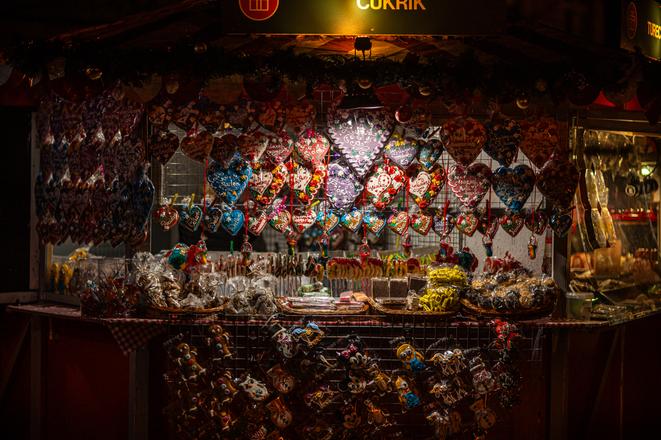More than one in three Slovaks plans to spend between €150 and €300 on Christmas presents this year, while 13 percent are willing to spend between €100 and €150 and the same number has set aside up to €100, according to a survey carried out for Home Credit by the Ipsos agency in Slovakia and in the Czech Republic, between November 11-15 on a sample of 1,005 respondents.
It is most often young people between 18 and 26 who set the maximum limit of €100 on presents.
Up to 44 percent will spend more than €300, mostly households with monthly incomes of €2,000. Only 7 percent of people plan to spend between €500 and €1,000 on Christmas presents in 2024.
This year saw the biggest decrease of the gap between regions; while in 2022 and 2023 Bratislava Region citizens planned to spend more than the citizens of other regions, this time around it is not the case. There may be several reasons for it, including higher mortgages in the Bratislava Region.
As many as 74 percent of Slovaks start thinking about Christmas gifts as early as November, according to a survey conducted by Perfect Crowd for the online marketplace Allegro.
Waiting for sales
When it comes to gifts, almost 79 percent are considering buying material gifts and almost 40 percent are thinking of giving cash, according to Ipsos.
This year, jewellery and sports equipment will be more expensive than last time, increasing by 8.4 and 8 percent respectively. When it comes to other usual gifts, people will also pay more for watches, books, toys, clothes, musical instruments, coffee makers, bicycles or products for pets. On the contrary, computers and cameras will be cheaper.
According to Wood & Company analyst Eva Sadovská, Slovaks buy more during December, with retailers' sales during this month being tens of percent higher than in other months. The end of the year brings higher sales, especially for sellers of electronics, electrical engineering, furniture, toys, sporting goods, as well as cosmetics, clothing and food and beverages.
A Slovak household will pay approximately 5 to 6 percent more for groceries than last year.
Based on the Statistics Office data, the prices of food and non-alcoholic beverages were 5 percent higher in October 2024 than in the same month a year ago. Oils and fats, vegetables and fruit were also more expensive.


